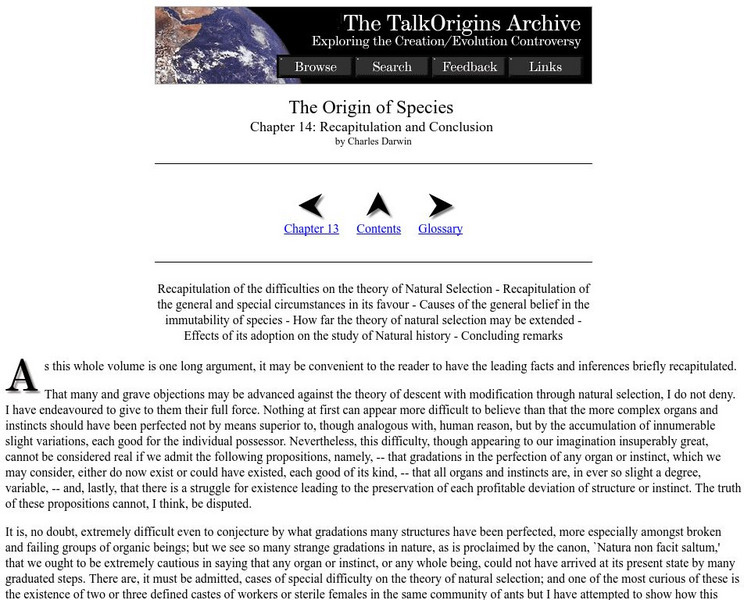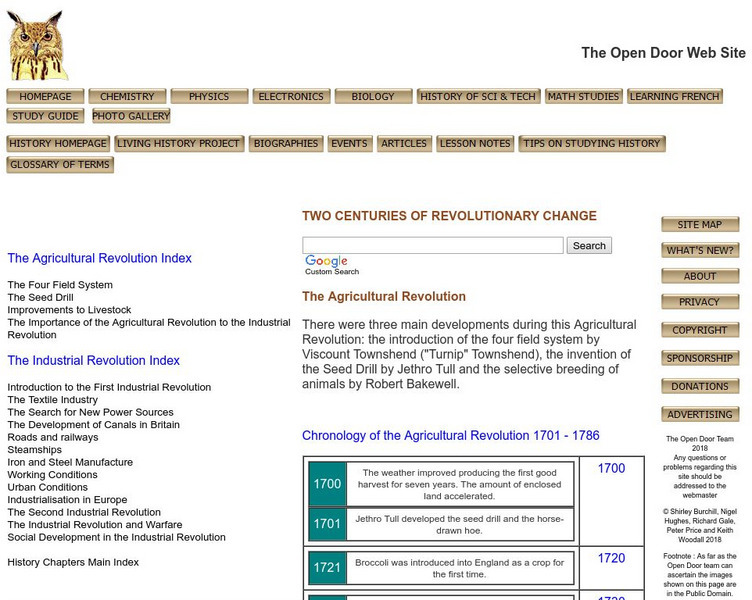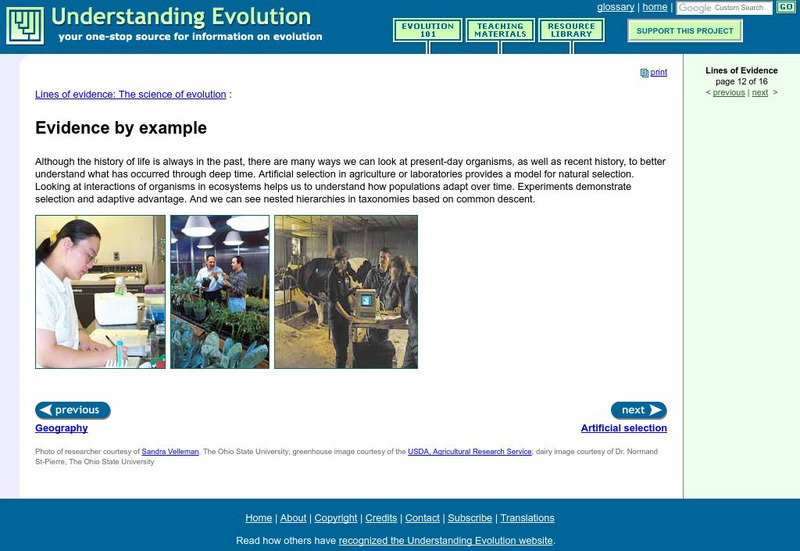Curated OER
Artificial Selection
The second lesson in the series begins with a starter activity discussing wild versus domesticated animals. Then, scholars play a card game, with optional variations, to emphasize artificial selection. Next, they attend a field trip to a...
University of California
Artificially Selecting Dogs
Selective breeding has resulted in some novel and beautiful or useful dogs over the years. Using the American Foxhound as an example, genetics learners find out how and why they came about. Then, in small groups, they select breeds to...
Curated OER
Regents High School Examination: Living Environment 2003
The living environment, from the interior of a cell to the complex relationships among populations, are queried in this final examination. Learners look at air pollution maps, diagrams of cells, population graphs, and drawing of cells....
Curated OER
Regents High School Examination: Living Environment 2005
The 2005 version of the Regents High School Examination in the area of ecology is as comprehensive as previous years' exams. It consists of 40 multiple choice questions on everything from the structure of DNA to the interactions within...
Curated OER
Regents High School Exam: Living Environment 2008
Tne New York Regents High School Examinations are comprehensive and include various styles of questions, includingmultiple choice and the analysis of graphs. This particular version, the 2008 Living Environment exam surveys a variety of...
Beyond Benign
Great Expectations Through Modification
Explore the changes genetic modifications make just to make it in our world. Scholars track the production of insulin over time and discover how genetic modifications make the treatment of diabetes possible.
Beyond Benign
Crossing Hairs
Can you breed the perfect cat? Scholars study how to control genetic traits through breeding. The 15th activity in a 18-part genetics unit considers the process of cross-breeding to develop a cat with a specific set of predetermined traits.
Agriculture in the Classroom
Roll of the Genes
Animal reproduction in sheep and cattle is explored with the help of Punnet squares. Scholars employ tools using probability to conclude the color of wool a sheep's offspring will have. Acting as animal geneticists, pupils then take...
Kenan Fellows
Unit 1: Introduction to Biotechnology
Biotechnology is big! Introduce the uses of biotechnology to science scholars with a fascinating, fact-filled unit. The first installment in a series of four biotechnology units covers the role biotechnology plays in human and...
Kenan Fellows
A Farmer’s Challenge to Breed to the Greatest of Grapes
What does your class know about GMOs? Are they savvy to selective breeding? Challenge young minds to engineer the greatest crop of all time using a hands-on genetics unit. Learners discover the good and bad details of selective breeding,...
Curated OER
Classification of Agricultural Animals
Students of biology should find this powerpoint interesting as it recaps the basics of classification and Latin and common names of familiar farm animals. The slides are clear, not loaded with text, and lead the students through the...
Compassion in World Farming Trust
Selective Breeding of Farm Animals
Biology learners read about selective breeding in chickens and how it has produced high-yield meat specimens and rapid egg-layers. The unpleasant effects of artificial selection are explored, as well as options to supporting this...
Curated OER
The Perfect Cow?
Students examine how cattle have evolved through natural selection and selective breeding. In this natural selection instructional activity students compare and contrast natural and artificial selection.
Curated OER
Patterns of Heredity
In this heredity worksheet, students will complete a graphic organizer with information relating to heredity, incomplete dominance, selective breeding, and hybrids.
Biotechnology Institute
Biotechnology Institute: Your World: Can You Tell if Any of These Animals Are Transgenic? [Pdf]
Learn about the development of transgenic animals and some potential applications. The field of transgenic animals is very young and still has many hurdles to cross.
Talk Origins Archive
The Origin of Species, Chapter 14
The entire text of Charles Darwin's book, The Origin of Species is available on this site. This link is specifically for the chapter that discusses embryology as evidence for evolution.
PBS
Pbs Teachers:engineer a Crop
Compare the traditional method of selective breeding with transgenic methods. Interactive activities on this site include breeding the largest ear of corn possible and engineering a "super crop".
Texas Education Agency
Texas Gateway: Natural Selection and Selective Breeding
Use the 5E model to learn about natural selection and selective breeding.
PBS
Pbs Learning Media: A Cow's Digestive System
Learn how a cow eats and digests food in this video segment from Nature.
Cold Spring Harbor Laboratory
Dna From the Beginning: Inheritance of Gene Variations
This animated description of George Shull's research of hybridization explains one of the key components of evolution, inheritance of gene variations.
American Museum of Natural History
American Museum of Natural History: O Logy: Quest for the Perfect Tomato
What is your idea of the perfect tomato? Learn about the principles of selective breeding and genetic modification and their contribution to the quest for tomato perfection.
Open Door Team
Open Door Web Site: The Agricultural Revolution
Teacher-contributed content on topics related to the agricultural revolution, such as four-field crop rotation, the seed drill, selective breeding of livestock, and the impact on the Industrial Revolution.
University of California
University of California Museum of Paleontology: Evidence by Example
The Understanding Evolution website for teachers provides common examples of evolution, especially by artificial selection.
American Museum of Natural History
American Museum of Natural History: Breed O Logy Card
Flip this interactive OLogy card to find questions and answers, fast facts, and other bite-size pieces of information to help you understand the breeding process of plants and animals. Also learn about teosinte, a grass that Native...











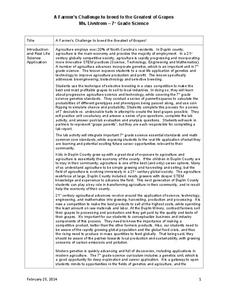
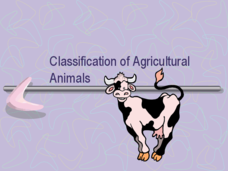


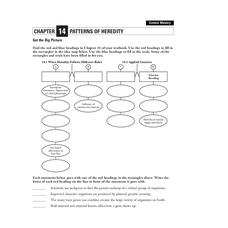
![Biotechnology Institute: Your World: Can You Tell if Any of These Animals Are Transgenic? [Pdf] Article Biotechnology Institute: Your World: Can You Tell if Any of These Animals Are Transgenic? [Pdf] Article](https://d15y2dacu3jp90.cloudfront.net/images/attachment_defaults/resource/large/FPO-knovation.png)
